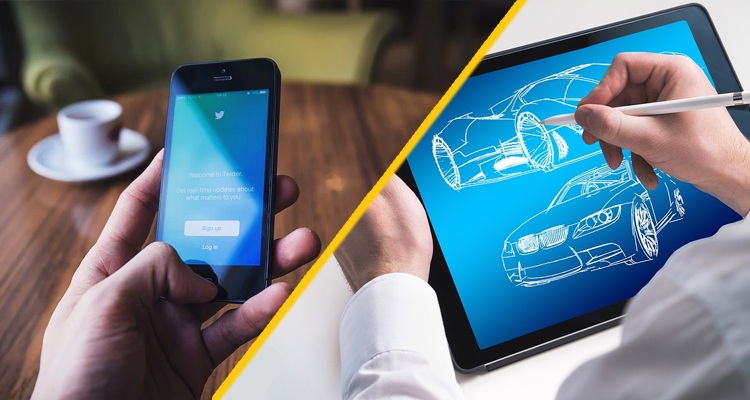Paperless: low-cost way to turn your cell phone into a tablet with a pencil

Summary
Due to the high cost of digital writing and drawing tools, many low-income children have limited access to these types of electronic devices, which have become especially relevant in the current context of remote learning. That is why it has become necessary to offer low-cost alternatives to facilitate the use of such tools.
Paperless is a screen magnifier that attaches to a cell phone to enlarge the screen content, simulating a tablet. All you need is a touch pencil to use this screen magnifier which relies on its reflecting surface to enlarge the size of the cell phone screen through back projection, thus no power source required.
Advantages
- It solves the problem of high-cost of digital writing and drawing tools in educational environments and for creative professionals.
- Significantly reduces the generation of e-waste from obsolescence.
- It drives and leads to new development possibilities using cell phones as work and educational tools.
- Individual interactive tool providing an alternative to the conventional notebook for classroom learning.
- It allows users to instantaneously digitalize analogical notes that can be shared on mobile applications (E-mail, e-Messaging apps such as WhatsApp and others).
- Allows professionals working in a creative setting to share ideas through real-time collaborative drawing.
- Low-cost technology with high potential for mass sales that simulates a tablet without requiring batteries or any type of power source.
Potential Applications
- This technology offers a low-cost alternative to tablets and computers. In the context of distance learning, Paperless is an option for children and young people who require tools for a better teaching and learning processes.
- It can be used in educational and creative environments.
- Has the potential to be set up on tables in classrooms, meeting rooms or cafes.
Development Status
TLR 5 – Laboratory testing of integrated system in a relevant environment (simulation)
Opportunity
- Looking for funding to continue product development.
- Available to companies interested in forming a partnership for product development and implementation.
Research Team
- Luciano Lizana, UC Design Student
- Sebastián Negrete, Professor and Researcher at the UC School of Design
- Paula Wuth, Professor and Researcher at the UC School of Design
